Subscribe to Our Newsletter
Stay updated with the latest tips and strategies. Get additional discounts and alerts on offers.

The aviation industry today is in a dilemma considering its tormented relationship with the customer base. Airline operators are losing businesses due to dissatisfied customers being vocal and expressing their resentment on the various media platforms available today.
There is a need for many an airline to revamp their tainted image to draw more, regular customers to keep businesses up and running. And as things look as of now, there is going to be an immense increase in the volume of air travelers.
The International Air Transport Association (IATA) released its first 20-year passenger growth forecast, projecting passenger numbers to rise to 7.3 billion by 2034 – a 4.1% average annual growth in demand for air connectivity.
In the wake of international aviation day, this article would like to provide some useful insights that can help you glide through 2019 while turbocharging customer acquisition and revenue generation.
In the wake of international aviation day, this article would like to provide some useful insights that can help you glide through 2019 while turbocharging customer acquisition and revenue generation.
How you portray yourself will take your customers a longer way than your flights ever would. With companies trying to develop a bond with customers and retain brand value, it is important that you protect your brand in the best light possible.
DeltaAir held “Sky360 Lounges” at food festivals and sporting events, and Air France has sent food trucks out in New York City to distribute free samples to passersby. These creative advertising strategies work to further develop the brand.
Narrow down on the persona you’d like to represent and build around that persona. You can’t be an Airline that is cheap while having the best facilities and also having flights to diverse locations. It can hamper your growth prospects and reduce the return on investment.
In the competitive market of tomorrow, pricing is likely to be a deciding factor that sets you apart from other competition. Air-travel fares have always been a sensitive issue in the airline industry and are done depending on the demand of the market.
Switching is more frequent in the case of low-fare airlines whereas business segments are more brand loyal.
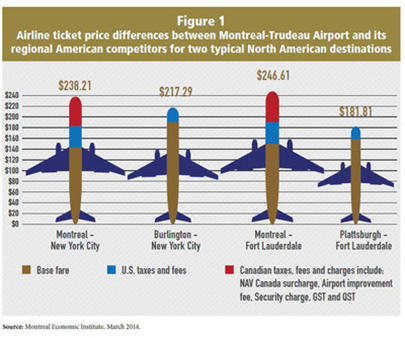
Based on market research, Experience Radar said that while deciding among low-cost airlines fare the deciding factors in choosing among full-service providers are flight schedule, reliability, quality, and connections with not much emphasis on the price difference.
The structuring of pricing that includes complimentary benefits like a free snag box or baggage pricing must target customers based on specific requirements. It must also not reflect negatively on brand image and reliability.
Technology today is the most basic aspect of our lives and many of the aviation firms today have integrated the form of AI into the whole flying process. From checking real-time flight schedules, booking, cancellation, and customer-related grievances, technology is able to automate most of the current procedures followed in Air-travel.
Nano prep provides digital self-service solutions like smart chatbots and virtual assistants that are fueled by artificial intelligence (AI) and natural language processing (NLP), so you can talk to these bots as you would a customer service representative.
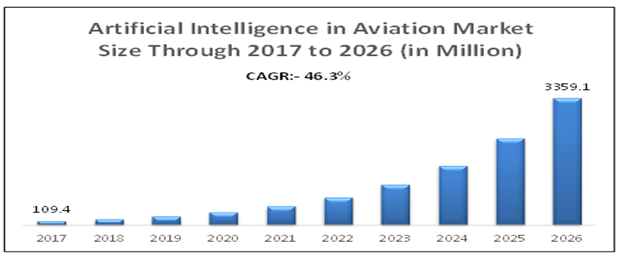
Nano prep CEO, Eli Campo said, “Airlines should be the next travel business looking to AI technology to better serve travelers. Artificial intelligence-backed chatbots will help airlines to avoid the next big social media firestorm and customer backlash.”
Increasing aviation passenger traffic also generates a high volume of data generated. This is creating a pressing need to analyze the aviation industry, thereby driving the market.
Social media and emails are an important part of people’s lives. They can be great means to promote brands and build customer commitment while also being able to destroy businesses in a matter of seconds.
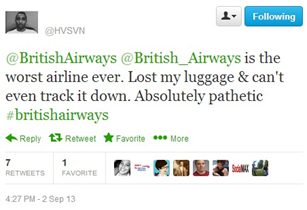
Customers are better positioned to post comments and remarks regarding flight experiences. A tweet such as this is enough to make customer rethink their travel choices. Airlines can turn this around by providing information on issues that they helped resolve or ways in which they have helped solve the issue.
Emails or an Email List on the other hand function both as a means to communicate as well as transact with the customer, from promotional emails, reminders, and engagement mails to details of booking and other communicative information.
The flight crew, airport staff are generally expected to display a high level of hospitality. This is key to selling your company are a people-friendly haven. The experience is not only the journey by air from one place to another but also the ride that takes you there.

Virgin Atlantic’s interactive “Looking for Linda” social campaign attracted new customers by offering exclusive rewards, garnering 15,000 entries, and growing its social audience by 8,000 people
LAX is offering a digital, multi-sensory experience in the Bradley West Terminal, which allows passengers to interact with the infrastructure using smartphones and tablets.
In any travel industry, customer relationship is the key to achieving prolonged interaction and stable revenue. Air travel, as we regularly hear, involves a lot of waiting around, standing in lines, and a whole lot of inconvenience. This can be a major reason for regular fliers to switch between airlines.
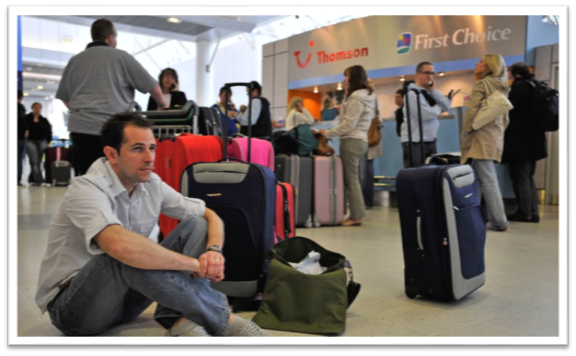
Customers know that there is going to be some form of inconvenience, however small. Sometimes the delay cannot be helped. But what matters is for the airlines to have an efficient system to deal with such issues. Customers need to feel that their problems are being dealt with! Other than delays in flight most other inconveniences can be dealt with by better customer engagement.
As the old marketing saying goes, Customer is always king, and kings need to be made felt that way every now and then to keep them coming back for more. It pays to reward your loyal customers from time to time to grow their sense of being a part of the airlines that they opt to travel.
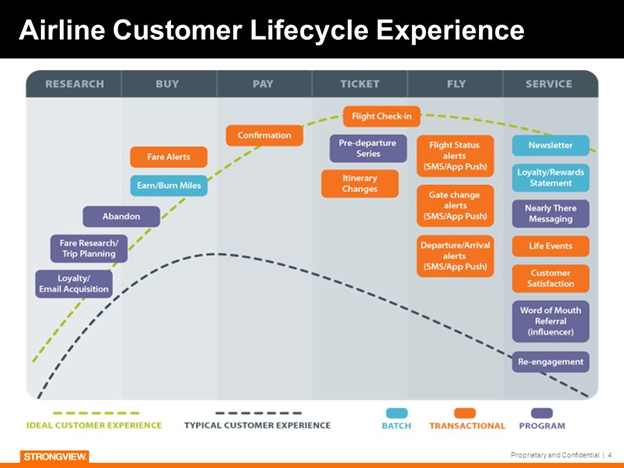
In-flight entertainment is another service commonly offered by airlines that could be expanded to increase customer loyalty. The majority of the respondents (53%) indicated that they purchase in-flight entertainment services when traveling. On the other hand, (48%) of respondents indicated that they do not spend any money on in-flight entertainment services.
Loyalty program members often book flights exclusively with one or two airlines to earn benefits at a rapid pace.
The end of one decade is the right time to gear up for the beginning of another. And by the looks of it, 2019 seems to hold good prospects for the aviation industry. Airline marketing is on the rise with avenues such as customer tracking, airline mapping have become a reality.
To keep up with changing trends is synonymous with high returns! Customer satisfaction maybe the other side of the coin and when you combine the two, you can not only double your profits but also develop a loyal customer base. Capitalizing early on such channels will be the deciding factor that can turbocharge your company prospects, landing you among the big guns of the trade.
Show Some Love!

Subscribe to Our Newsletter
Stay updated with the latest tips and strategies. Get additional discounts and alerts on offers.
Related Articles
Subscribe to Newsletter
Stay up to date with the latest marketing, sales, and service tips and news.
